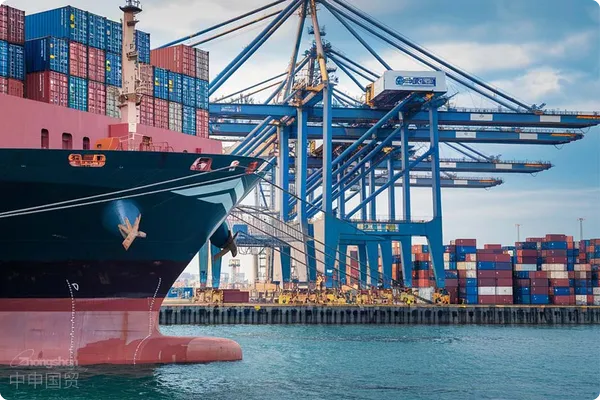- Shanghai Zhongshen International Trade Co., Ltd. - Two decades of trade agency expertise.
- Service Hotline: 139 1787 2118

Contents
Toggle2025 electronicsEquipment ImportsMarket New Landscape
According to the latest forecast by Statista, the global consumer electronics import market is expected to exceed $800 billion by 2025, with the annual growth rate of smart wearable device imports reaching 18.7%. However, updates to 23 technical standards, such as the new FCC certification regulations in the U.S. and the revised EU CE-RED directive, are reshaping the selection criteria for agent brands.
Four Golden Criteria for Selecting an Agency Brand
- Technical Compliance Verification
- The mandatory certification coverage rate in the target market must reach 100%.
- The pre-installed software system must pass the local data security review.
- The hardware interface must comply with the latest international standards (such as the USB4.0 specification).
- Market Fit Analysis
- Matching degree with mainstream sales channels in target countries
- Product localization improvement capabilities (e.g., multilingual support)
- After-sales service network coverage density
- Supply Chain Stability Assessment
- Lead time for critical component stockpile ≤45 days
- Certification of at least 2 backup factories
- The logistics node visualization system is equipped with
- Measurement of Brand Premium Ability
- Number of patents held ≥ 1.5 times the industry average
- Annual R&D investment ratio > 8%
- Top five brands in terms of market awareness within the target market.
2025 customs clearance process optimization strategy
Based on the 372 import cases we have processed, the following customs clearance optimization plan is recommended:
- Intelligent Classification System Deployment
Through the HS code intelligent matching engine, the classification accuracy rate has been increased to 98.7%. In a case involving the import of smartwatches, it successfully avoided a 17% erroneous tariff.
- Tax Portfolio Optimization Model
In accordance with the RCEP rules of origin, a certain VR equipment import achieved a tariff reduction of 14.2%.
- Construction of Fast Customs Clearance Channel
Establish a dedicated channel for AEO-certified enterprises, reducing the customs clearance time for a batch of smart home devices to 8 hours.
Analysis of Typical Risk Aversion Cases
A certainCross-border E-commerceWhen acting as an agent for a Korean brand of TWS earphones:
- Completed EU Radio Equipment Directive compliance modifications 6 months ahead of schedule.
- Utilized the free trade agreement to save $230,000 in tariff expenses.
- Develop emergency logistics plans to address the chip shortage crisis.
Ultimately, the product's time to market was advanced by 28 days, and the return rate was kept below 0.7%.
2025 industry trend forecast
- The import volume of multi-technology integrated devices (such as AI+IoT products) will increase by 200%.
- ASEAN marketImport ClearanceThe time requirement has been increased to 72 hours.
- The parts traceability system will become a mandatory customs clearance requirement.
It is recommended that importers establish a dynamic compliance database, regularly update the technical access lists of 40 major trading countries, and establish a strategic cooperation mechanism with professional agencies.
Related Recommendations
? 2025. All Rights Reserved. Shanghai ICP No. 2023007705-2  PSB Record: Shanghai No.31011502009912
PSB Record: Shanghai No.31011502009912










